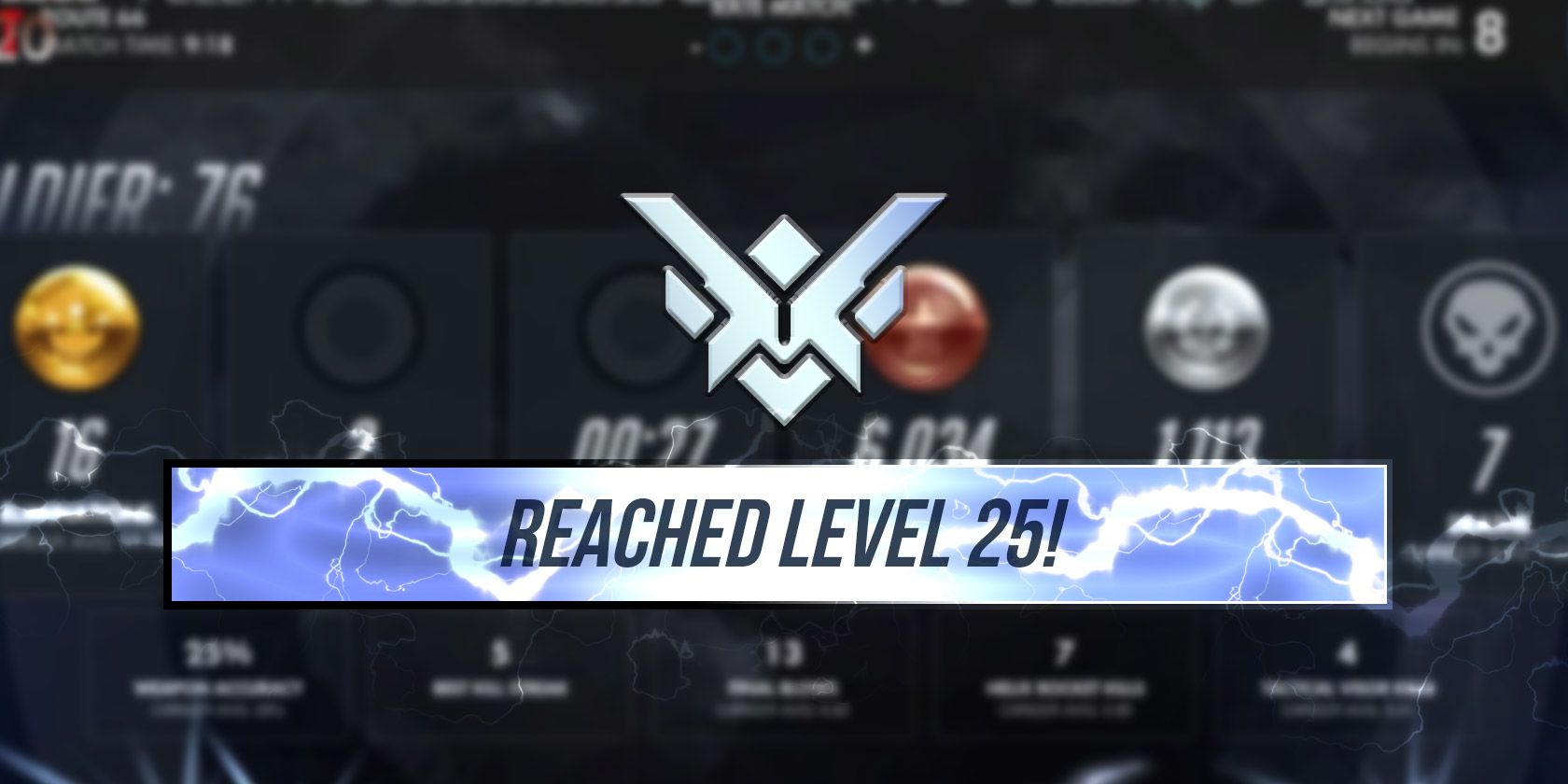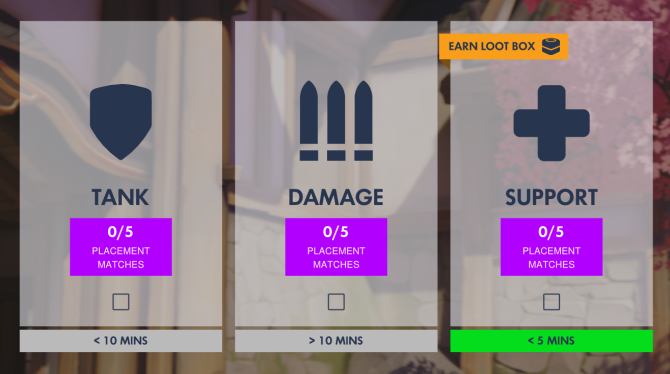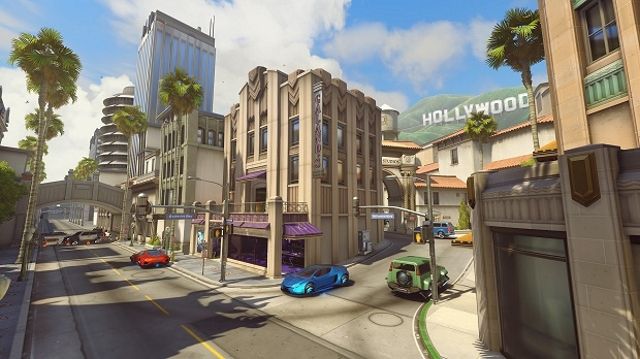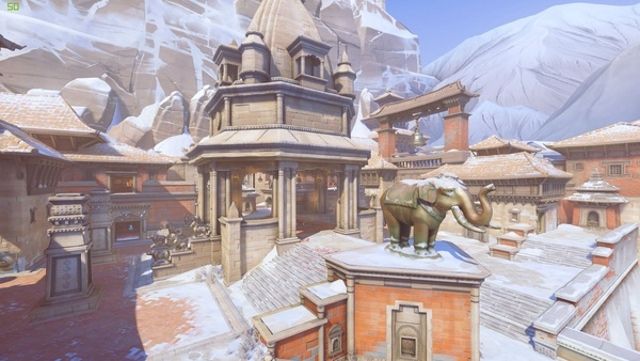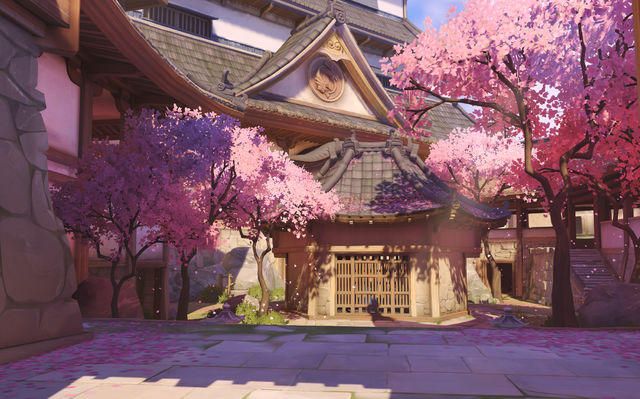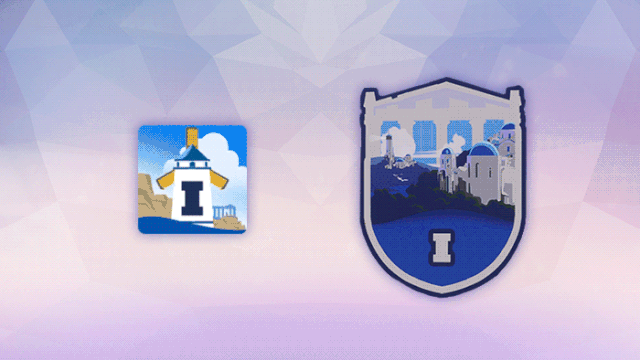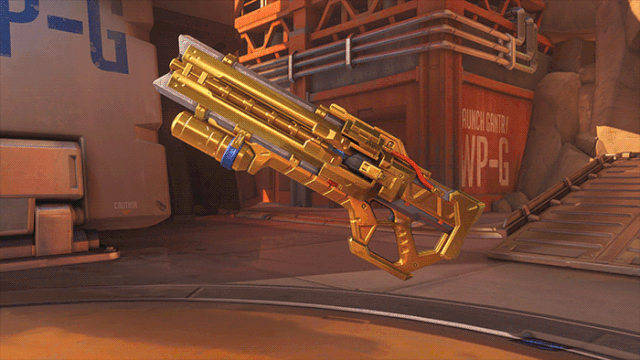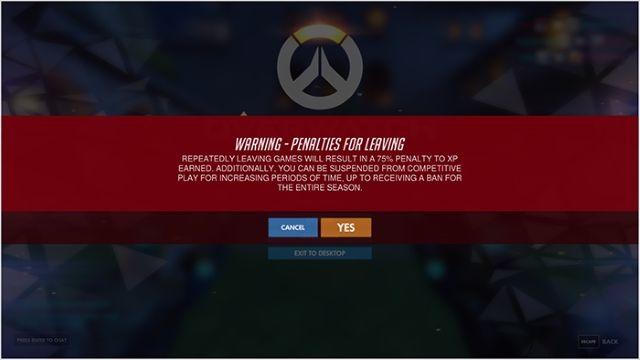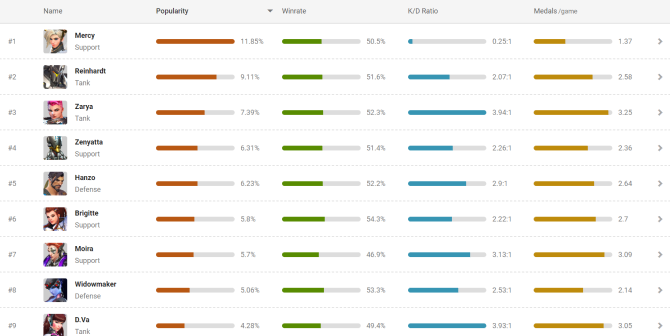Each year, Overwatch players flock to Competitive Mode with hopes of reaching the top 500 leaderboard. However, you can't waltz right into Competitive Mode if you're accustomed to Quick Play mode. There are certain differences to look out for.
Elements such as Role Queue, Skill Rating, Seasons, Point Systems, and Rewards have changed the dynamic of the game and the Overwatch ranking system. In this article we explain how Overwatch Competitive Mode works and how the Overwatch rankings work.
Competitive Play Seasons
You'll get the chance to play Overwatch competitively six times per year. Every season lasts two months with a few days of offseason play. Players receive rewards at the end of each season depending on their rank.
If you achieved a high rank during the season, you can't keep it---your rank is reset at the end of each season, but your matchmaking rating (MMR) isn't.
Role Lock and Role Queue
Before we get into the technicalities of the Overwatch ranking system, it's important to understand the types of Overwatch heroes, along with the changes that come along with Role Lock.
Overwatch has implemented Role Lock in both Competitive and Quick Play modes, which forces players to play in balanced teams. The rule change was mainly added because of the Overwatch GOATS eSports team, and their unique team composition. Their team consisted of three Tanks (Reinhardt, Zarya, D.VA), along with three Supports (Moira, Lucio, Brigitte). This led many aspiring professional teams to copy the same overpowered formation.
Since the introduction of the Role Lock, teams must now have two Supports, two Damage characters, and two Tanks. While some view this change as beneficial, other players are frustrated that they might have to take on a role they aren't familiar with. Once you choose a role, you're only able to swap between characters of the same type during a match.
Role Lock also affects your ability to play the game. When you decide whether to play as a Damage, Tank, or Support character, you'll enter into a queue for that role. Unfortunately, many players wanting to play as a Damage character get stuck with long wait times, as this type is the most popular to play.
How Does Overwatch Ranking Work?
The Overwatch ranking system has been through a fair amount of scrutiny from the game's userbase thanks to the latest Role Lock rule change. These are the basics of skill rating (SR) as they stand today.
Overwatch SR Basics
At level 25, players unlock Competitive Play mode. To get an official rank, players must complete a minimum of five placement matches in one specific role. That means you'll have to play a maximum of 15 placement matches if you decide to play as a Tank, Damage, and Support character. In other words, you have to play five matches per role.
According to the number of games won in each role, players are granted an SR between one and 5,000. The higher the ranking, the greater the skill. Unlike the previous Competitive Play mode, you'll receive three SRs---one for each role you play.
Overwatch Competitive Ranks
Blizzard has developed a ranking system that consists of seven different ranks. Players are given up to three of these ranks according to their SR:
- Bronze: 1,500
- Silver: 1,500-1,999
- Gold: 2,000-2,499
- Platinum: 2,500-2,999
- Diamond: 3,000-3,499
- Masters: 3,500-3,999
- Grandmaster: 4,000 and up
The lowest rank, Bronze, usually consists of mostly new players, while the highest rank, Grandmaster, is reserved for the best of the best.
Maps and Game Modes
There are four game types, all with distinct challenges, player requirements, and maps. Here's a brief overview of each mode.
Escort and Hybrid (Payload) Maps
Escort maps are similar to Hybrid maps, as Hybrid mode combines elements of both Assault and Escort modes.
The Escort maps are: Dorado, Route 66, Watchpoint: Gibraltar, Havana, Rialto, and Junkertown.
The Hybrid maps are: Hollywood, King’s Row, Numbani, Eichenwalde, and Blizzard World.
In Escort maps, the attacking team must escort a payload to an ultimate destination. Each team is randomly assigned an attacking or defending role. The team on offense must escort a payload to the objective, while the team on defense attempts to stop them.
In the next round, the teams switch roles. Whoever pushes the payload farther wins. If both teams manage to reach the objective, additional rounds will start.
Like Escort Mode, Hybrid Mode also involves a payload. The only difference is that the team must assault a map location first before moving the payload.
Control (King of the Hill) Maps
Control maps work off of a best-of-three, single objective system. The Control maps are: Ilios, Lijiang Tower, Nepal, Oasis, and Busan.
Both teams aim to capture and control their objective. The first team to score two points wins. Points are scored by achieving a 100 percent tally on the map objective. The more players on the point, the faster the point is taken.
Assault (Capture) Maps
Assault maps have one team play as offense, while the other plays as defense. The Assault maps include: Hanamura, Horizon Lunar Colony, Paris, Temple of Anubis, and Volskaya Industries.
Teams take turns defending and attacking certain objectives. Wins are contingent on the point system, with a possibility of two points each map. If the ally team scores more points, thereby taking more objectives, than the enemy team, the ally team wins.
Assault map matches split into attacking and defense rounds. Time is added to your clock by capturing objectives, and the specific time added by each objective is subject to change based on patch updates. The match is considered a draw if no team captures more than 33 percent of a point.
Competitive Play Rewards
Competitive Play wouldn’t be competitive without a rewards system. These rewards are subject to change with the upcoming seasons.
Player Icons and Sprays
Once a player has completed the placement matches, they're officially a part of Competitive Play. That means they'll earn a special spray and player icon at the end of the season.
New icon and spray sets get released every season, giving players an incentive to keep playing Competitive. Additionally, a special icon will be available to the top 500 players of the season.
Golden Weapons
By far the most appealing items received through Competitive Play are the golden weapons. Golden weapons cost Competitive Points (CP), which players receive whenever they win a Competitive match. Keep in mind that these weapons do not provide added damage to the character---they're for aesthetic purposes only.
Leaver Penalties
Blizzard has instituted hard penalties for players that leave matches early in Competitive Overwatch mode. For one, you will not be able to join a new match for the span of the original match.
If you experience issues with connecting to a match, you can Rejoin. However, failing to rejoin a match will result in a penalty.
Continued infractions will lead to locked Competitive Play. Players will no longer be able to join Competitive matches for a certain period of time. More infractions may lead to a season-wide ban and the forfeiture of any rewards acquired during that season, along with a skill rating penalty.
If a player leaves a beginning match, the match is canceled and your SR is not affected. If, however, a player or players leave(s) while the match is well underway, the match will continue and you will be given the choice of leaving the match. Although you will lose SR for leaving the match, the leave will not count as an infraction.
Tips for Taking Over the Competition
These tips will tilt the scales of Competitive Play in your favor. Use them to prevent an SR freefall.
Use a Mic
No matter how skilled the enemy player’s Genji is, there’s no better indicator of a winning team than communication. All Overwatch maps feature choke points---individual map locations designed to narrow a team’s maneuvering ability.
The team that meets at a point and pushes towards the other points as a unit is often the team that wins. This is true for all maps and skill levels, so if you can, use a mic as often as possible to group, warn, and communicate with other players.
Here are the best gaming headsets to get you started.
Exploit Map Vulnerabilities
Every map has certain vulnerabilities that players can use to reach target objectives faster. Don’t settle for the main path. If your character can jump, fly, or otherwise maneuver around a map, take that into account when maneuvering the map.
Emulate the Pros
Twitch and other streaming services have changed the video game industry---you can now watch professional players play your favorite game. Tuning into Overwatch tournaments, and watching the pros play on Twitch can help you improve your own gameplay.
If you want to take your skills to the next level, use Overwatch pro settings to get the same setup as some of the best players.
Keep Track of Character Usage and Patch Updates
The better you can counter the most-used heroes in Overwatch Competitive Play, the more likely you are to defeat the players. That’s why sites like MasterOverwatch [Broken URL Removed] provide seasonal statistics ordering characters by popularity, win rate, K/D ratio, etc.
Character popularity will change according to the different nerfs (performance limitations) and buffs (performance additions) of future patches. Minor character fixes like this will push your game to the next level before players even realize where your added edge came from.
Read Guides
It’s surprising to note just how much information is out there for competitive players already. Excellent players will gladly create large write-ups for free, and post them online for everyone to enjoy. If you want to get better at Overwatch Competitive Mode, read character and map guides online.
Group and Go
The best teams in Overwatch are those that commit two simple actions: group and go. Running towards objectives without teammates usually results in death, while working as a team often results in wins. You can only overwhelm objectives as a team. The faster everyone on your team can reach a point together, the faster you’ll win.
Learning How Overwatch Competitive Works
Overwatch Competitive Play is a serious matter, and should be treated as such. Quick Matches are for character testing, while Competitive Play is for players attempting to prove their worth.
Once you're acquainted with the basics, you shouldn't have any problem climbing the Overwatch ranks. If you’re thinking of playing Competitive Mode in Overwatch, gear up, study up, and get ready for an arduous climb.
One of the reasons why Overwatch is such a great game is because it's cross-platform. If you want a break from Overwatch, check out these other awesome cross-play games worth buying.

